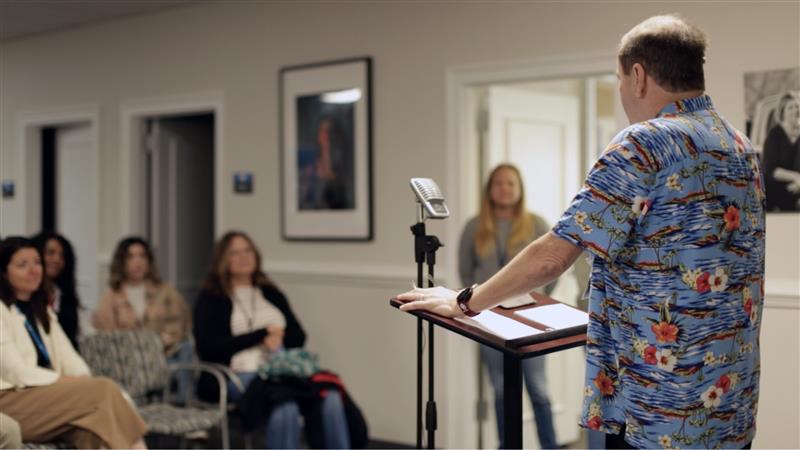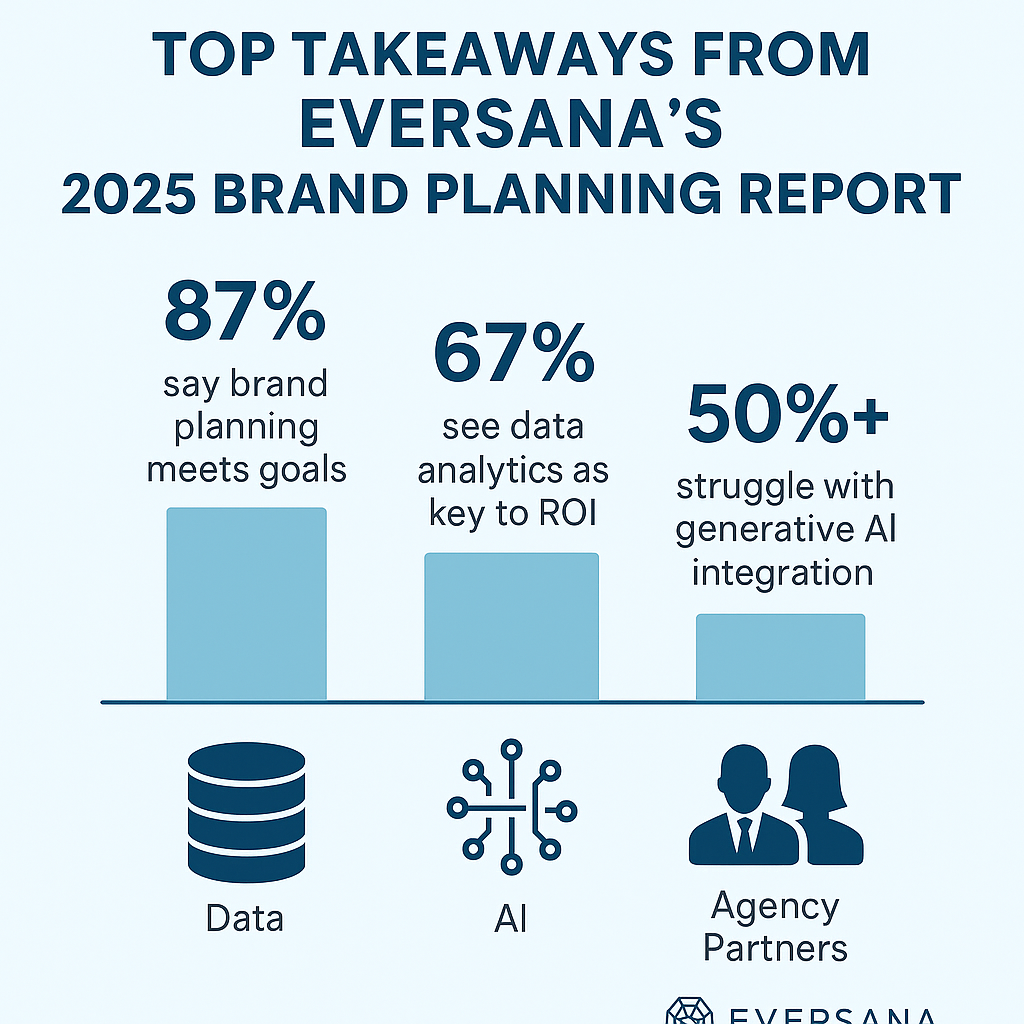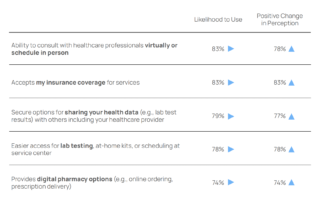If the FDA’s targeting of TV ads and social media influencers makes one thing clear, it’s that the biopharma industry is under the microscope. Promotions once considered “safe” are now fair game for untitled letters, warning letters and cease-and-desists. Understanding this new environment matters, but it is not the real story. The real story is what comes next. Direct-to-patient communication won’t disappear but will have to evolve. The future isn’t bigger media buys. It’s stronger relationships built on clarity, respect, and measurable help for real people.
That’s why many leading biopharma brands are rethinking their patient engagement strategies—not by walking away from it, but by grounding it in authenticity. For those clients, SNOW creates engagement that connects patients with information they can trust, stories they can relate to, and support they can act on.
From Mass Marketing to Meaningful Connection
The next chapter of DTC rewards brands that trade frequency for trust, interruption for invitation, and claims for context. Patients want to understand whether a treatment is right for them, what risks there really are, and how to talk with their clinicians. If your content does not answer those questions, it won’t earn attention, and it certainly won’t earn trust.
The enforcement wave simply accelerates a truth we’ve always championed: fair balance is not a checkbox; it’s a content strategy. When patients grasp the real benefits and risks of a treatment, they are far more likely to have informed, productive conversations with their HCPs. That’s what genuine patient engagement looks like and what the regulatory shift now demands.
What’s been Flagged
In the current regulatory enforcement wave, a pattern is emerging:
Risk Omission or Minimization: A persistent issue is that major safety risks (boxed warnings, serious adverse events) are not adequately presented or are omitted altogether.
Misleading by implication: Ads are using phrases, visuals, or results that suggest more than data supports (for example, emotional/social quality of life improvements.
Visual and format distractions: Use of distracting visuals, scene changes, font/contrast/or placement (especially in “major statement” risk disclosure) so that risk messaging is less noticeable or readable.
Mechanism of action overclaiming: Making efficacy claims or implying understanding of how the drug works when clinical pharmacology doesn’t support full understanding.
Promotional medium: ads, TV, online video, sponsored links: Many letters reference DTC broadcast or video advertising, and increasingly sponsored‑search links or equivalents.
What to Build Instead
1) Human support changes outcomes.
DTC cannot do what a trained Health Educator, nurse navigator, or peer ambassador can do. Build programs that let patients ask questions, explore scenarios, and map decisions to their personal context, and offer empathy backed by rigor. SNOW helps clients operationalize that human layer, training every touchpoint on on-label boundaries, adverse-event capture, and cultural competence.
2) Trust is the currency.
Trust forms when information is credible, complete, and authentic. That means making risk information first-class content, not a fast scroll. It means showing your work and helping patients understand what the data really says and why it matters.
3) Clear beats clever.
The future favors clear, instructive communication. Define who a therapy is and is not for. Translate clinical endpoints into outcomes a patient can understand. Use graphics that slow the eye and aid comprehension.
4) Impact over impressions.
Stop chasing clicks and eyeballs. Optimize for high-value patient actions: diagnosis, guideline-concordant starts, and persistence at clinically meaningful milestones. If a channel cannot advance those goals while maintaining fair balance, it does not belong in the plan.
5) Governance as a growth engine.
Strong promo-review SOPs, creator rules, and documentation are not red tape. They are brand safety and speed. When enforcement ramps up, teams that can prove discipline in real time keep moving while others scramble.
6) AI operates under its own set of rules.
Generative AI has entered healthcare, but it’s not engineered for fair balance. SNOW uses AI to improve process efficiency, not to replace human storytelling. Real patient voices remain the foundation of authentic communication.
The New DTC: Built for Trust
The next era of patient engagement is one where education replaces promotion.
- Owned education hubs, such as brand websites, should feel like care, not ads. They should feature real patient experiences, plain-language, and decision aids that patients can print and take to appointments.
- Editorial storytelling should mirror the questions patients actually ask: “Is this for me?” “What should I watch for?” “How will this fit into my life?”
- Health Educator and peer-ambassador programs should extend that learning journey, guiding patients with empathy and regulatory compliance.
These are the programs that move the needle on understanding, adherence, and trust.
The bottom line
DTC doesn’t end here. Bad DTC does. Now is the time to replace noise with nuance, and messaging with meaning. Build for trust and clarity, and your engagement won’t just survive the crackdown. It will help people make informed decisions with their clinicians, and feel confident about the path they choose.











 Strategic Execution
Strategic Execution


